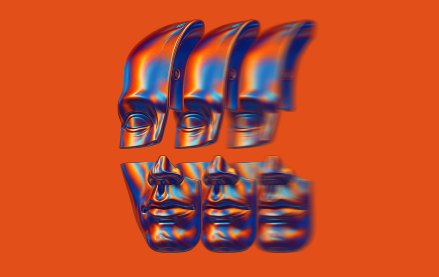Save 50% on a 3-month Digiday+ membership. Ends Dec 12.

Amazon’s annual garage sale, a.k.a. Prime Day, returns July 12.
Prime Day is the retailer’s attempt at creating a mid-summer version of Black Friday, slashing prices on everything from televisions to toys. Last year was the first time Amazon held the one-day sale, which is only for members of its $99 subscription service.
Amazon is changing things up this year by offering sales every five minutes instead of 10 minutes and increasing the number deals to 100,000 spanning “nearly all departments and categories.” For example, Amazon is planning to sell a 32-inch TV and Fire TV stick combo for $119.99.
Last year’s Prime Day was derided by the internet as a way for Amazon to get rid of stuff nobody wants, with one person calling the deals a “mish mosh of crap.” At one point last year, the hashtag #PrimeDayFail also trended on Twitter.
That sentiment appears to be carrying over to this year, with a person tweeting “This year, I’ll be going into #PrimeDay with skepticism. Last year was like going to a bad garage sale.” Another person mused: “Fool me once @amazon, shame on you. Fool me twice…”
Still, Amazon is claiming that people ordered 398 items per second during last year’s Prime Day. Sales, which surpassed Black Friday events before 2015, spiked 93 percent above average according to data from retail tracker ChannelAdvisor.
Competitors are taking notice of Prime Day and hoping to pull in some of the sales. Walmart is offering shoppers a free 30-day pass to its so-called Prime killer, ShipperPass, and said it would offer deals on July 12 too. Target and Macy’s also had similar type sales on Prime Day, but their plans have not yet been announced.
More in Marketing

Agencies push curation upstream, reclaiming control of the programmatic bidstream
Curation spent much of this year in a fog, loosely defined and inconsistently applied. Agencies say they plan to tighten the screws in 2026.

‘A trader won’t need to leave our platform’: PMG builds its own CTV buying platform
The platform, called Alli Buyer Cloud, sits inside PMG’s broader operating system Alli. It’s currently in alpha testing with three clients.

Why 2026 could be Snap’s biggest year yet – according to one exec
Snap’s senior director of product marketing, Abby Laursen talked to Digiday about its campaign automation plans for 2026.





